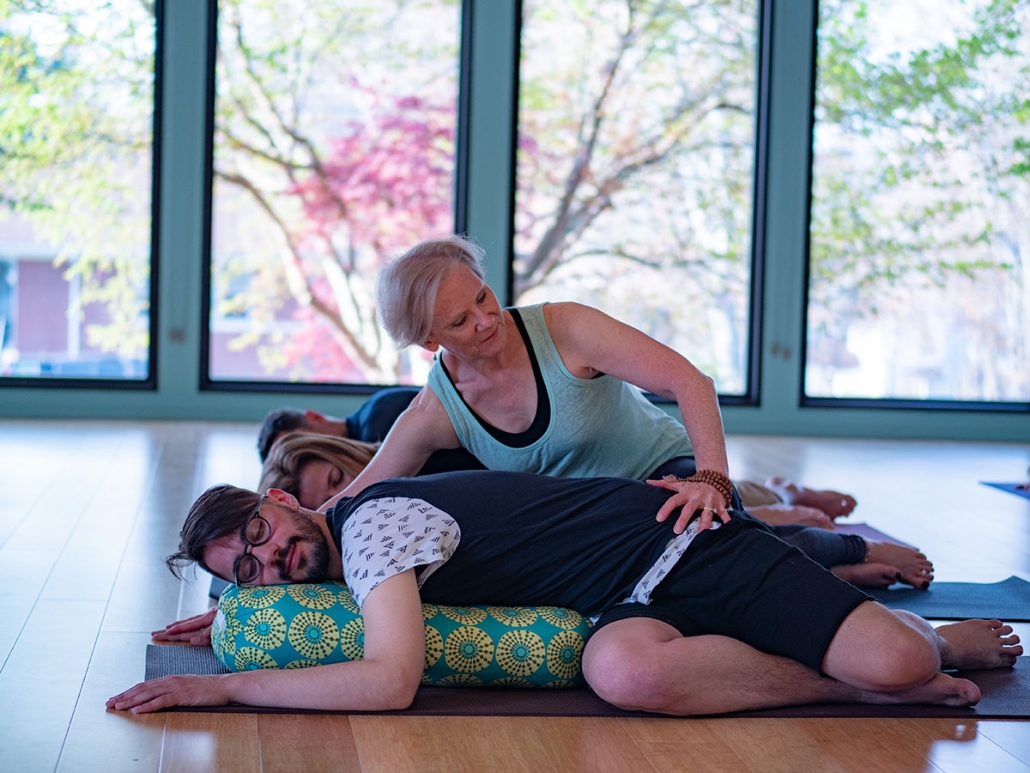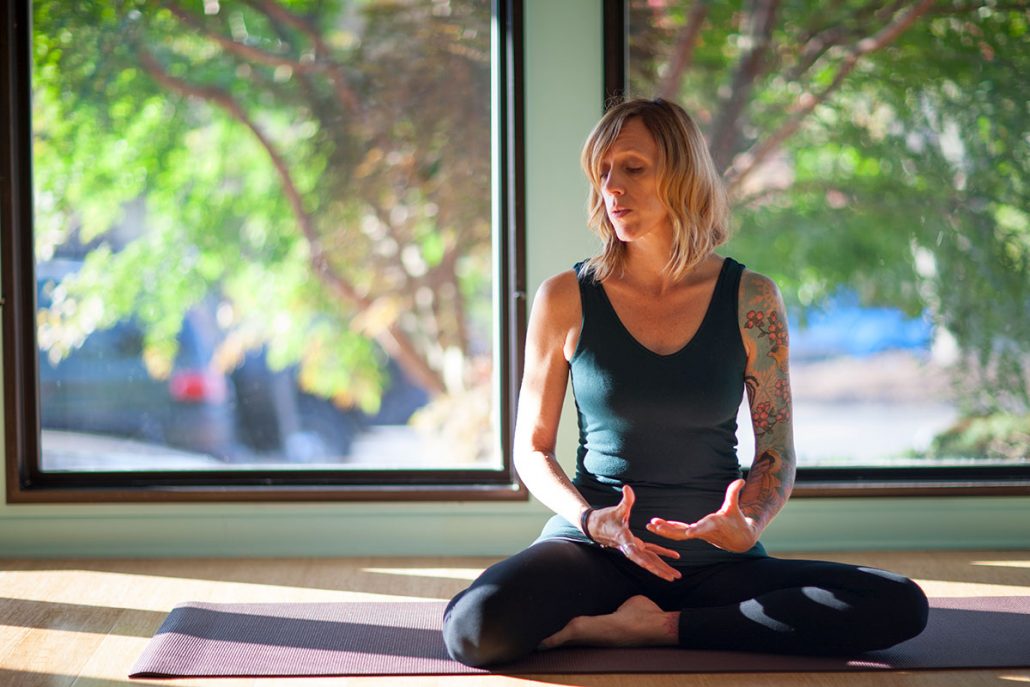Yoga vs. Yoga Therapy

Yoga vs. Yoga Therapy It’s no secret that the practice of yoga is therapeutic in a myriad of ways. By flowing through asanas, practicing meditation, and utilizing breathing exercises, yoga practitioners are able to reduce their stress and anxiety, increase flexibility and blood circulation, and ease both mental and physical pain. Yoga therapy goes beyond […]
How Yoga Can Help with Anxiety & Depression

The Balance of Yoga How yoga, meditation, and mindfulness practices can help overcome anxiety and depression. By Kimberley Puryear Anxiety disorders are the most common mental illness in the United States, affecting over 40 million people over the age of 18 according to the Anxiety and Depression Association of America. Not surprisingly, depression and anxiety […]
